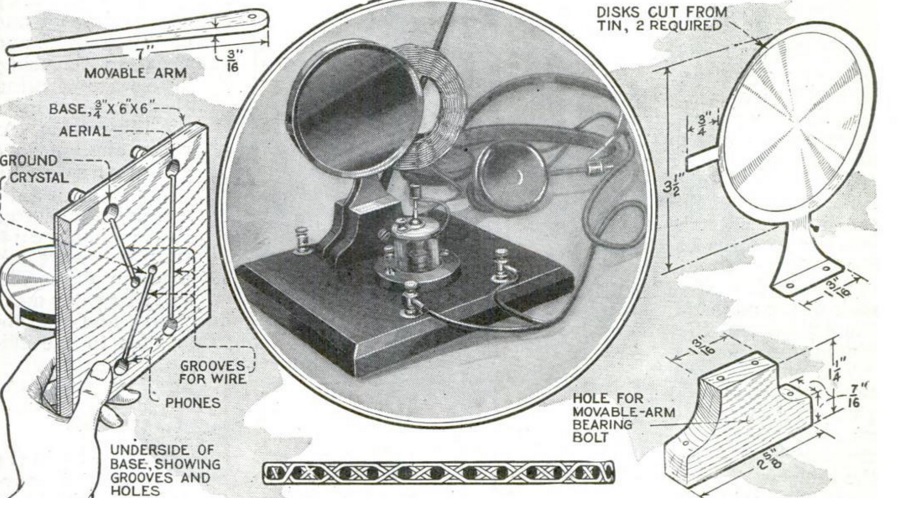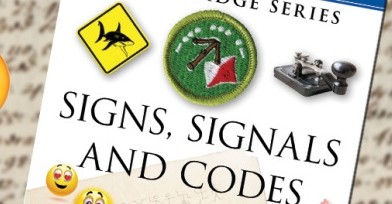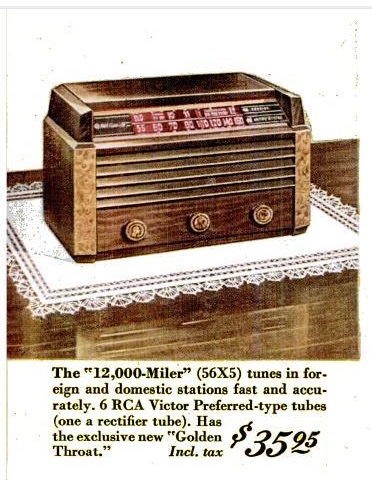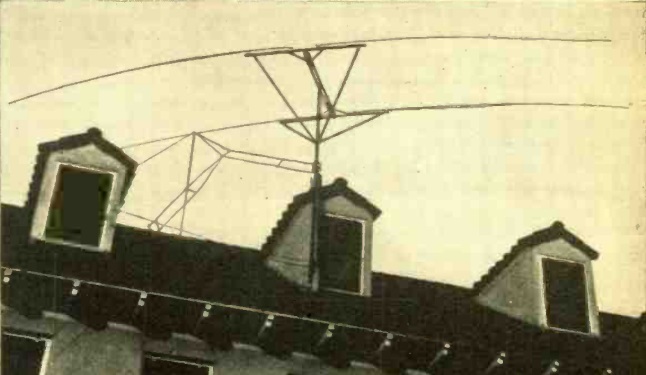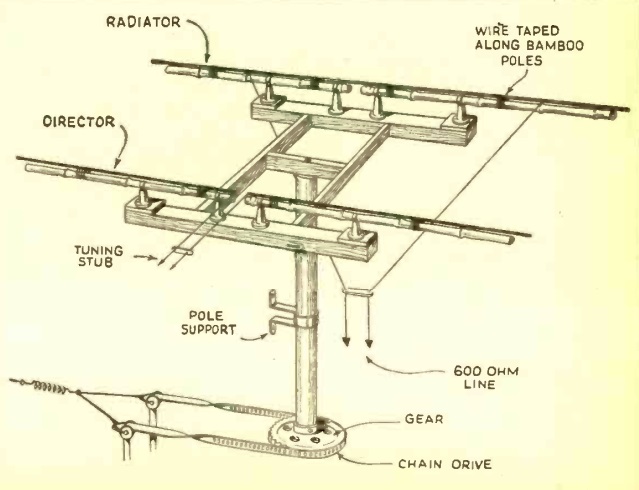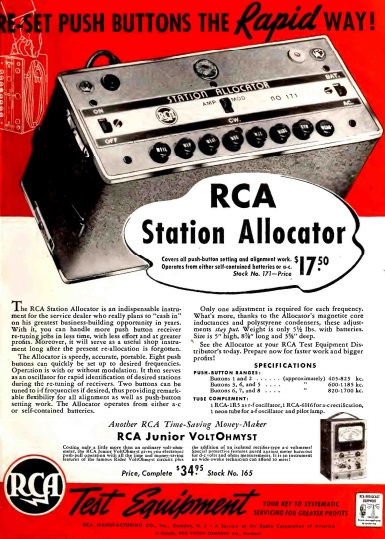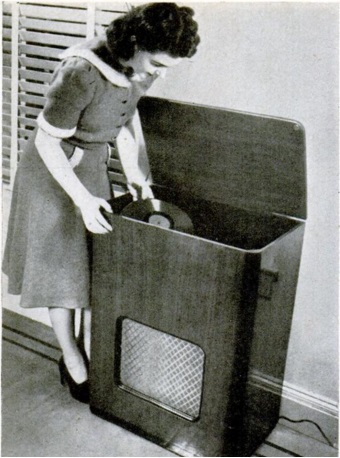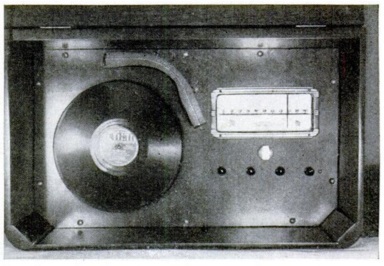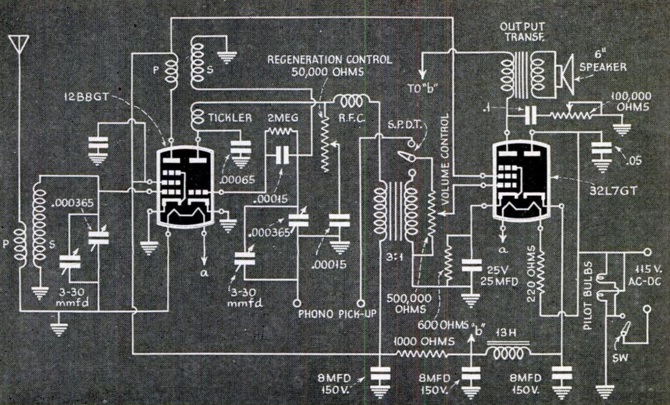Ninety years ago, the March 1926 issue of Popular Mechanics carried the plans for this simple crystal set. The unique twist about this set was how it was tuned. Two metal plates (made from the lids of tin cans) were positioned such that the coil could be slid in and out. To tune the set, you simply slid it to the correct position.
The article noted that the set had selectivity sufficient to tune out a strong station a few miles away. The total cost for the parts was fifty cents.
Click Here For Today’s Ripley’s Believe It Or Not Cartoon
![]()

